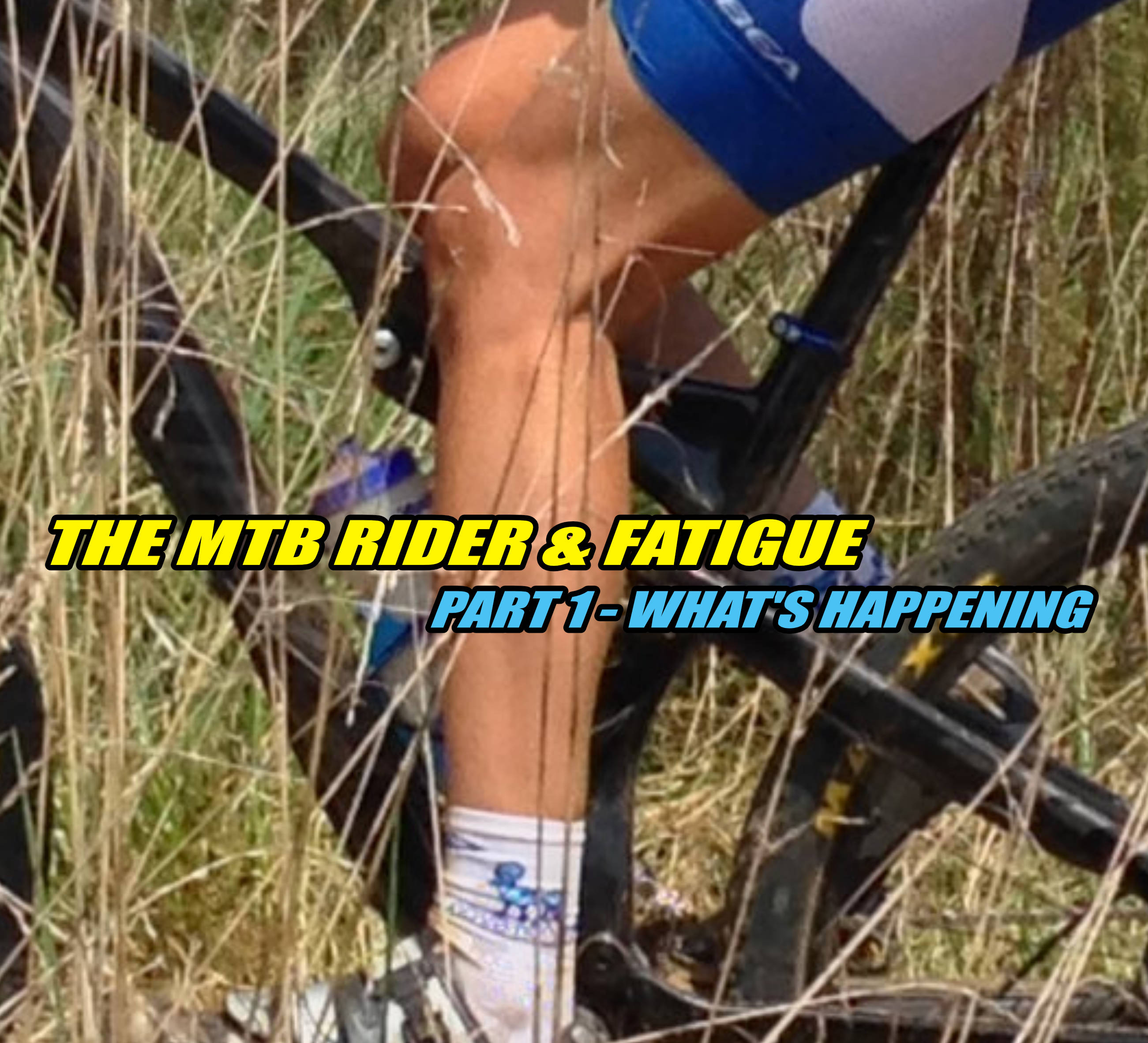Whether you are a beginner mountain biker or have many years of riding under your knobby tyres, with the effort of riding comes fatigue. That burning sensation in your muscles and later, the persistent reluctance from your body to perform any further that day. But, what exactly is happening?
At any given time you have a multitude of physiological reactions going on within your body. Some of these cause the fatigue you feel during, and after, sustained and difficult efforts on the bike. Most riders have heard of terms such as lactic acid and bonking/hunger flat. Along with poor training and conditioning, these and other processes all play a part in short term and long term fatigue during a ride on a mountain bike. Lets have a closer look at these issues and understand them a little better.
Lactic Acid
Mountain biking tends to be an aerobic exercise with plenty of anaerobic efforts thrown in to get over those climbs, through those sprints or over some technical trail features. Sustained efforts requiring high levels of your leg strength are also common place as you push a harder gear along the flats or up those longer climbs. During the aerobic effort of your ride, your body is busy breaking down fats and carbohydrates to form a substance called adenosine triphosphate which provides energy for your muscle’s contractions. While you are getting sufficient oxygen into your system, this process works well and you feel fine. However, when your workout is elevated into your anaerobic range or even short, extreme efforts, this energy producing process results in an incomplete breakdown of the carbohydrates and causes a byproduct called lactic acid. Although lactic acid has been shown to be an important part of the gluconeogenic process we need, it’s also believed to be an inhibitor of sorts when in excess. Your body has the ability to disperse lactic acid, however, when you are working very hard, the lactic acid buildup becomes too much for your muscles to deal with. This is the localised burning sensation you feel in your muscles that makes you slow right down or even get off the bike entirely, only able to continue on after resting and the lactic acid levels have dissipated. It can happen right at the start of a ride or many times during as well.
Food/Fuel Shortage And Muscle Fatigue
During your ride, your body requires two main types of fuel, fat and carbohydrates. Most of us have plenty of fats stored away within to sustain us on any given ride. However, carbohydrate is stored in your muscles as glycogen and it is definitely possible to run out of this on a ride. If your muscle glycogen stores are depleted, fatigue sets in to the affected muscles and can be difficult to reverse in the short time frame of a mountain bike ride. Due to the high requirements we demand of our quadriceps (front thigh), hamstrings (back thigh), gluteus maximus (that’s your butt) and our calf muscles, the fatigue is mostly experienced in these muscles. Unlike the localised sensation of lactic acid burn, this muscle fatigue tends be a more all over feeling.
Cardio Fitness
Your cardiovascular system consists of your heart, lungs, blood and blood vessels. If your heart and lungs are strong they will be able to ensure your blood transports the necessary oxygen to your muscles needed for the prolonged activity and effort of mountain biking. This aids in giving your muscles better fatigue resistance.
So there we have a basic explanation of some of the reasons we experience fatigue, both the quick acting lactic acid fatigue and the longer lasting muscular fatigue. Thankfully, these things can all be managed to some degree. Next we’ll look at how you can start to improve in these relevant areas and lessen your fatigue. In our next article we’ll talk about how you can manage and improve these issues.

